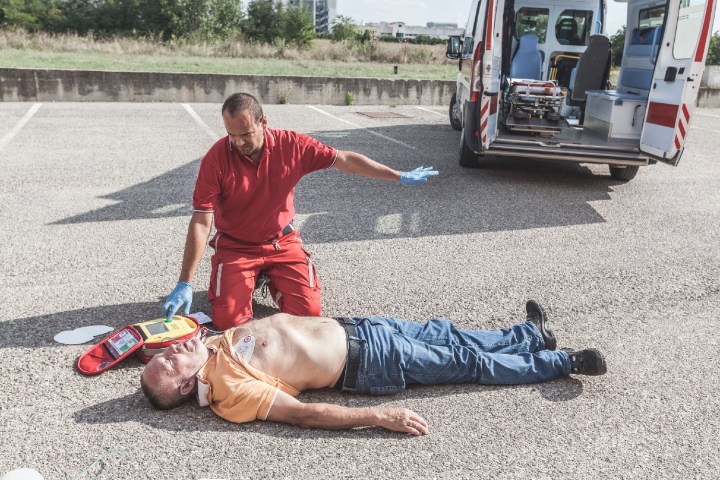
Step forward a new device, which was created by Danish doctor-turned-entrepreneur Habib Frost when he was 23 years old. When we say this could be a lifesaver, we are not kidding!
Called the Neurescue device, it’s a small, computer-controlled balloon catheter designed to be used during CPR or during a critical bleeding.
“The device is inserted into a blood vessel in the leg, the femoral artery, and occludes the biggest blood vessel in the body, the aorta, in order to redistribute the blood flow generated by chest compressions to the two most sensitive organs, the heart and brain,” Frost told Digital Trends. “The increase in blood supply to the heart ensures that many more hearts can be resuscitated early. The increased blood supply to the brain protects against brain damage, allowing for more time to treat the underlying cause of the cardiac arrest. This approach can greatly improve the current low survival. The controller includes a fault protection architecture that allows for the safe, correct placement of the catheter in a bedside or out-of-hospital setting without X-ray or CT imaging, and an intelligent filling system that prevents over- and under-filling.”
According to Frost, Neurescue can have a significant impact on the length of time it takes for a patient’s brain to be damaged during cardiac arrest before the definitive treatment can be delivered. This happens after just 15 to 30 minutes if the heart stops beating with current chest compressions, but Neurescue can reportedly extend this to a maximum of two hours. In turn, this expands the time window in which advanced therapies can be performed and the life of patients are saved.
“We also intend for Neurescue to be used in the treatment of hemorrhage both inside and outside of hospitals, where we can expand the time window to stop the bleeding with definitive surgery, in the same fashion as we increase the vital blood supply in a cardiac arrest,” Frost said. “After the introduction of the device inside hospitals, we intend to move the use of the device out of the hospital and then deliver solutions that can be used by paramedics, nurses and — in time with a fully automated solution — the general population as well.”
At present, Frost and his team are working toward piloting the device in select European hospitals in 2018. After that, provided all goes according to plan, hopefully it won’t be too much longer before this smart solution heads to the U.S.


